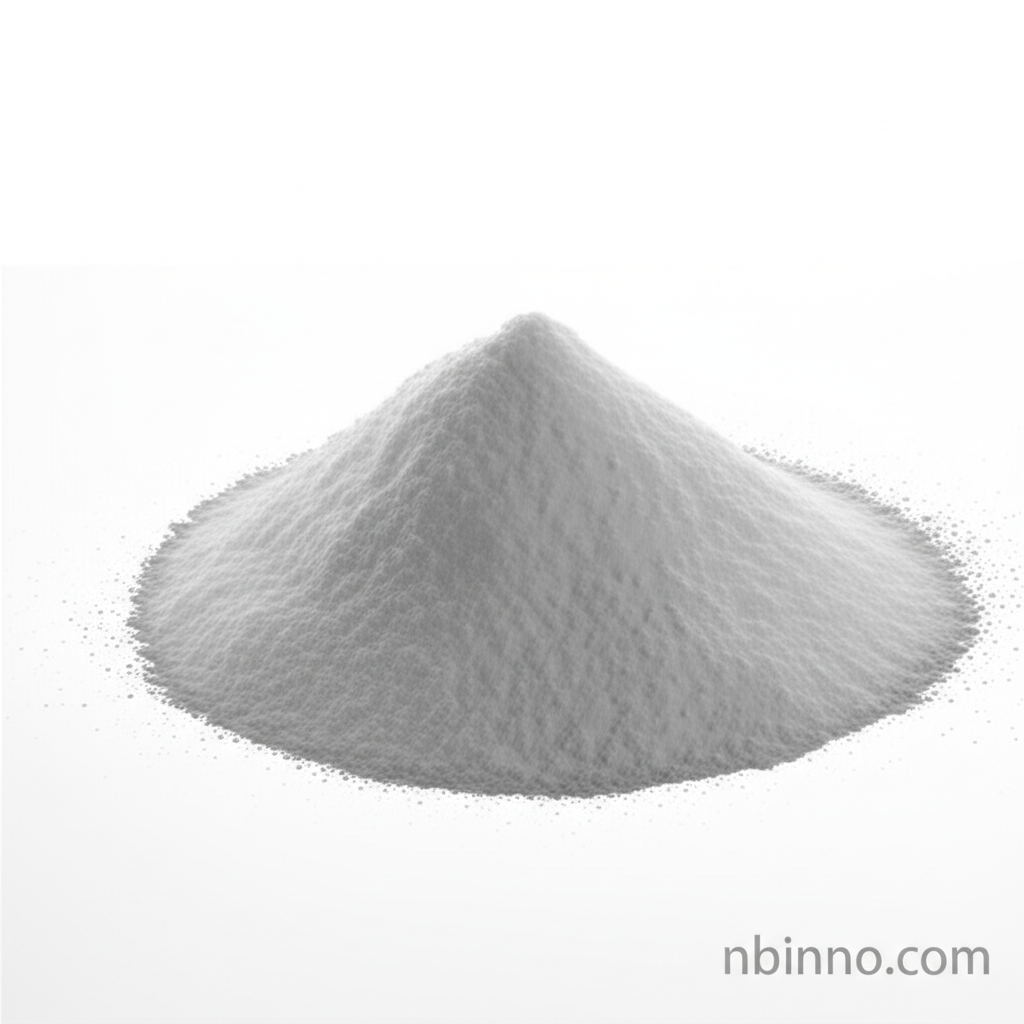Thiophene-3,4-dicarboxylic Acid: A Key Intermediate for Advanced Chemical Synthesis
Discover the versatile applications and properties of Thiophene-3,4-dicarboxylic acid, a vital component in pharmaceutical and organic chemistry.
Get a Quote & SampleProduct Core Value

Thiophene-3,4-dicarboxylic acid
As a crucial organic chemical raw material, Thiophene-3,4-dicarboxylic acid serves as a fundamental building block in sophisticated organic synthesis pathways, particularly within the pharmaceutical sector.
- Explore the utility of Thiophene-3,4-dicarboxylic acid in organic synthesis for creating complex molecular structures.
- Leverage its role as a key intermediate in pharmaceutical intermediate synthesis for drug development.
- Benefit from its high purity, typically ≥99.0%, ensuring reliable results in your chemical processes.
- Understand the physical form as a white powder, facilitating handling and integration into various reaction setups.
Key Advantages Offered
High Purity and Consistency
With a purity of ≥99.0%, this compound guarantees consistent performance, a critical factor for reproducible outcomes in thiophene derivative synthesis.
Versatile Building Block
Its structure makes it an ideal precursor for a wide array of thiophene-based compounds, vital for advancing organic synthesis research and development.
Essential for Pharmaceutical Intermediates
This chemical is indispensable for creating complex intermediates required in the development of novel pharmaceuticals, supporting your journey in drug discovery.
Key Applications
Organic Synthesis
Utilize Thiophene-3,4-dicarboxylic acid as a versatile intermediate for creating novel organic molecules, essential for pushing the boundaries of chemical research and fine chemical building blocks.
Pharmaceutical Development
This compound is a cornerstone for producing critical pharmaceutical intermediates, facilitating the synthesis of active pharmaceutical ingredients (APIs).
Heterocyclic Chemistry
Its unique thiophene ring structure makes it invaluable in heterocyclic compound applications, opening doors to new material and drug designs.
Material Science Research
As a key component in various synthesis routes, it contributes to the development of advanced materials through precise chemical modifications.
